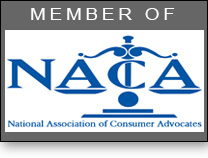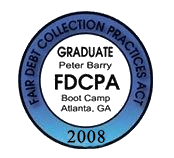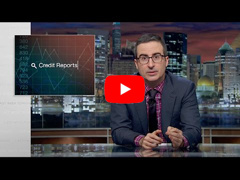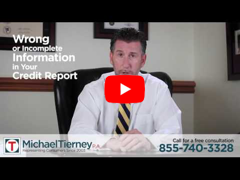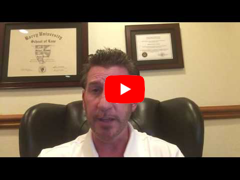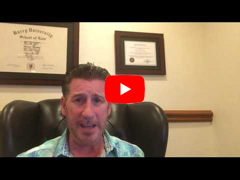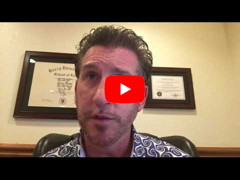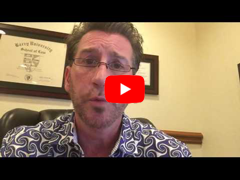October 17, 2014 by Chris Birk
Bouncing back from bankruptcy or foreclosure takes time. But that doesn’t mean you have to shelve your homebuying aspirations for some interminable stretch.
They’re called “boomerang buyers” for a reason.
Consumers may be able to close on a home loan just a couple years removed from one (or both) of these fiscal hiccups. A lot depends on the type of loan you’re seeking and how you handle credit in the wake of your bankruptcy or foreclosure.
Some prospective buyers will struggle to rebound. For others, a home purchase might be feasible but might not be the most financially savvy next step. If you’re set on buying, work hard to boost your credit profile and get a good handle on your mortgage options long before you begin shopping for a home.
Buying After Bankruptcy
The most common consumer-centric forms of bankruptcy are Chapter 7 and Chapter 13. The type you experience will play a role in how soon you can be eligible to purchase a home.
So will the loan product. Different mortgage programs can have different “seasoning periods” following a bankruptcy or foreclosure. Lenders may have their own in-house requirements on top of that.
With a Chapter 7 bankruptcy, the seasoning clock begins when the action is discharged. From that point, you’re typically looking at a four-year wait for conventional loans and a two-year wait for either FHA or VA financing. (The FHA’s short-term “Back to Work” program offers qualified borrowers the possibility of even swifter movement after both bankruptcy and foreclosure.)
Chapter 13 bankruptcies can be a little different. You might be able to land a conventional loan two years after a Chapter 13 discharge. FHA and VA loans are even more lenient.
Borrowers can be eligible for these government-backed loans just a year removed from filing a Chapter 13 bankruptcy. They’ll typically need to show at least 12 consecutive months of on-time payments and permission from the court to take on new debt.
Buying After Foreclosure
Consumers who lose a home to foreclosure can face a considerably longer wait. Foreclosure alternatives (short sales and deeds-in-lieu of foreclosure) and even loan modifications can also trigger seasoning periods.
You’re usually staring at a seven-year wait from the foreclosure date for conventional loans. Borrowers who can show the foreclosure resulted from circumstances truly beyond their control may be able to qualify after three years. But you’ll also need to make a down payment of at least 10%.
Following a short sale or a deed-in-lieu, it’s typically a four-year wait unless there were extenuating circumstances.
You can typically pursue an FHA loan once you’re three years out from a foreclosure or short sale.
VA lenders can approve financing at the two-year mark following a foreclosure. Depending on the lender, veterans and service members may not have to wait at all after a short sale.
While government-backed loans provide more flexibility regarding foreclosure, there is a wrinkle worth noting. If your foreclosure occurred on one of these loans (FHA, VA or USDA), you might face an automatic three-year wait before being eligible for another. Much will depend on whether the default winds up reported to a database that tracks default on federal debt.
Bankruptcy & Foreclosure
Things can get murkier when bankruptcy and foreclosure mix. It’s not uncommon for homeowners to go through bankruptcy and see their home foreclosed on months or even years later. Now you’re potentially talking about two different seasoning periods.
How lenders view this can depend on their guidelines and the type of home loan you’re seeking. Generally, it’s a matter of when you’re no longer legally responsible for the mortgage debt. If it’s truly discharged in the bankruptcy, lenders can essentially disregard the subsequent foreclosure or short sale. You’re not going to be “double hit” with another seasoning period.
Whether you can still qualify from a credit standpoint is another story. Bankruptcy and foreclosure can take a serious toll on your credit scores.
Consumers will often need to spend much of those mandatory waiting periods re-establishing their financial picture. During that rebuilding phase, consumers can track their progress by pulling their credit reports and credit scores regularly. (You can get your credit reports for free through AnnualCreditReport.com, and you can get two of your credit scores for free through Credit.com.)
A bankruptcy or foreclosure definitely adds risk to your loan file. But neither has to be ruinous.





